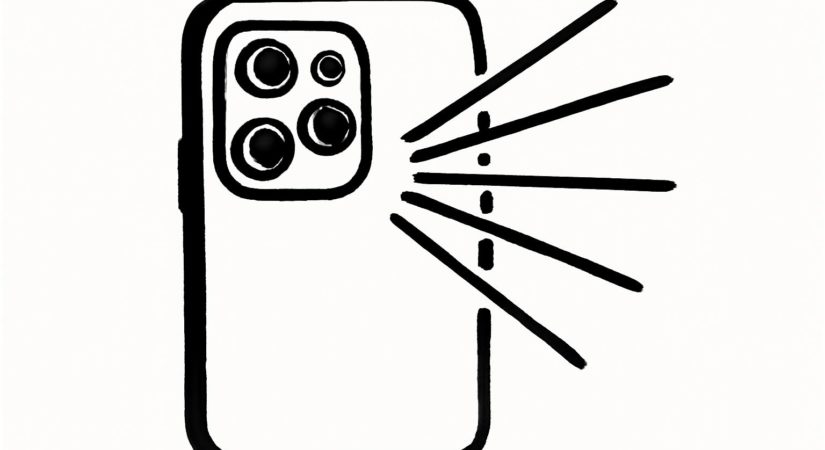Huawei has announced the launch of its Pura 80 flagship phones in China, with the Pura 80 Ultra showcasing a unique dual-lens telephoto camera that uses a single sensor.
The two telephoto lenses, visible side-by-side within the largest camera ring on the Ultra’s rear, share periscopic elements and one image sensor. A movable prism directs light to either lens, differing from Sony’s approach, which adjusts zoom by moving parts within a single lens setup.
The Ultra’s telephoto system offers 3.7x and 9.4x optical zoom (83mm and 212mm). The 3.7x lens has an f/2.4 aperture and 50-megapixel resolution, while the 9.4x lens has an f/3.6 aperture and a lower 12.5-megapixel count, suggesting sensor cropping or pixel binning at higher zoom.
This design helps reduce costs by using one sensor for two lenses and saves space compared to having two separate periscopic systems. The phone uses a relatively large 1/1.28-inch sensor for its telephoto camera, potentially enhancing image quality.
Other features include a 50-megapixel main camera with dynamic aperture technology, a 40-megapixel ultrawide camera, a 6.8-inch LTPO OLED display, a 5,700mAh battery, and IP68/69 ratings. The Pura 80 Ultra is equipped with 16GB RAM and up to 1TB storage, though Huawei has not disclosed the chipset, continuing its trend of secrecy amid US restrictions.
The Pura 80 Ultra launches alongside the Pura 80, 80 Pro, and 80 Pro Plus models. The base Pura 80 features a triple rear camera, a 6.6-inch LTPO OLED screen, and a 5,600mAh battery. The Pro and Pro Plus share the Ultra’s main and ultrawide cameras but have a single 48-megapixel telephoto lens. The Pro Plus adds extra RAM and dual satellite communication support. All models support the Beidou satellite system.
All devices ship with HarmonyOS 5.1, Huawei’s independent operating system, no longer based on Android. Pricing starts at CNY 9,999 (approx. $1,390) for the Ultra and CNY 6,500 (approx. $900) for the Pro models. The regular Pura 80’s price and availability remain unannounced. Last year’s Pura 70 series launched internationally weeks after its Chinese debut, leaving the global release timeline for the Pura 80 series uncertain.
